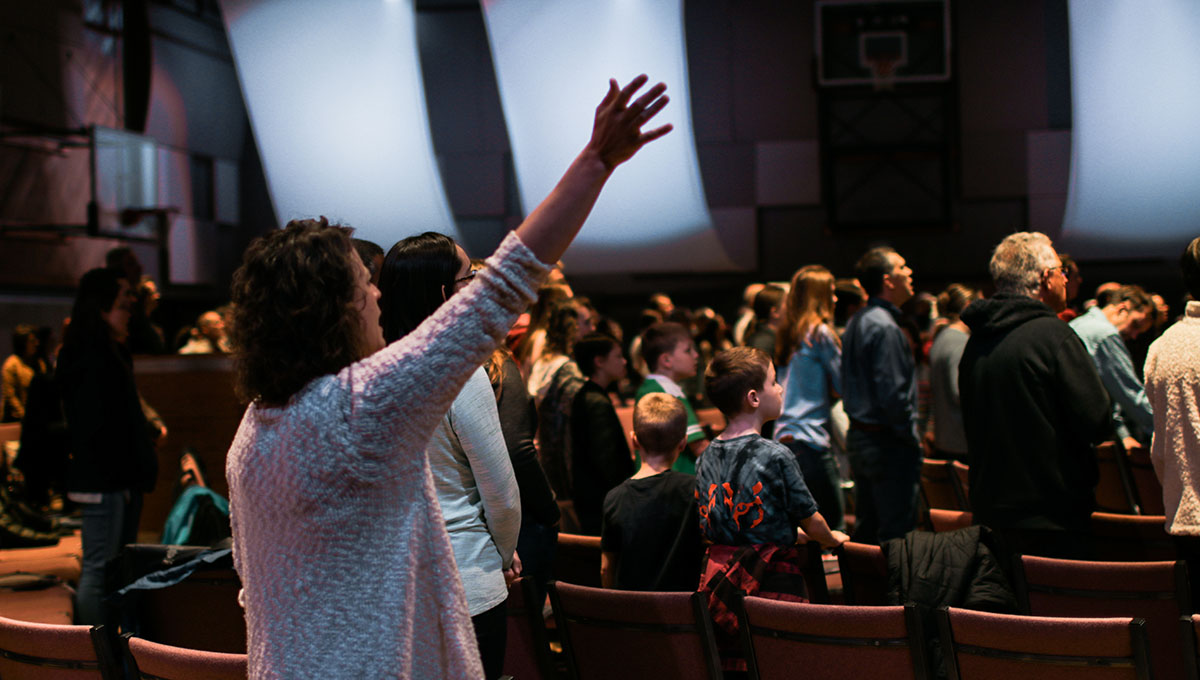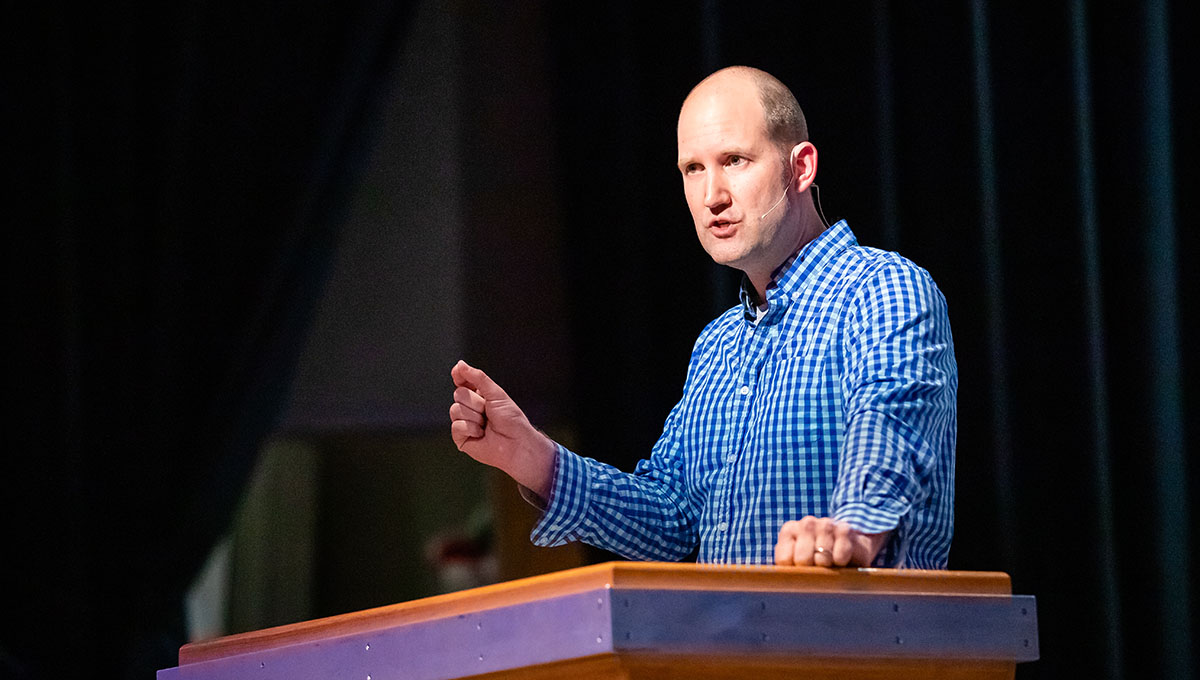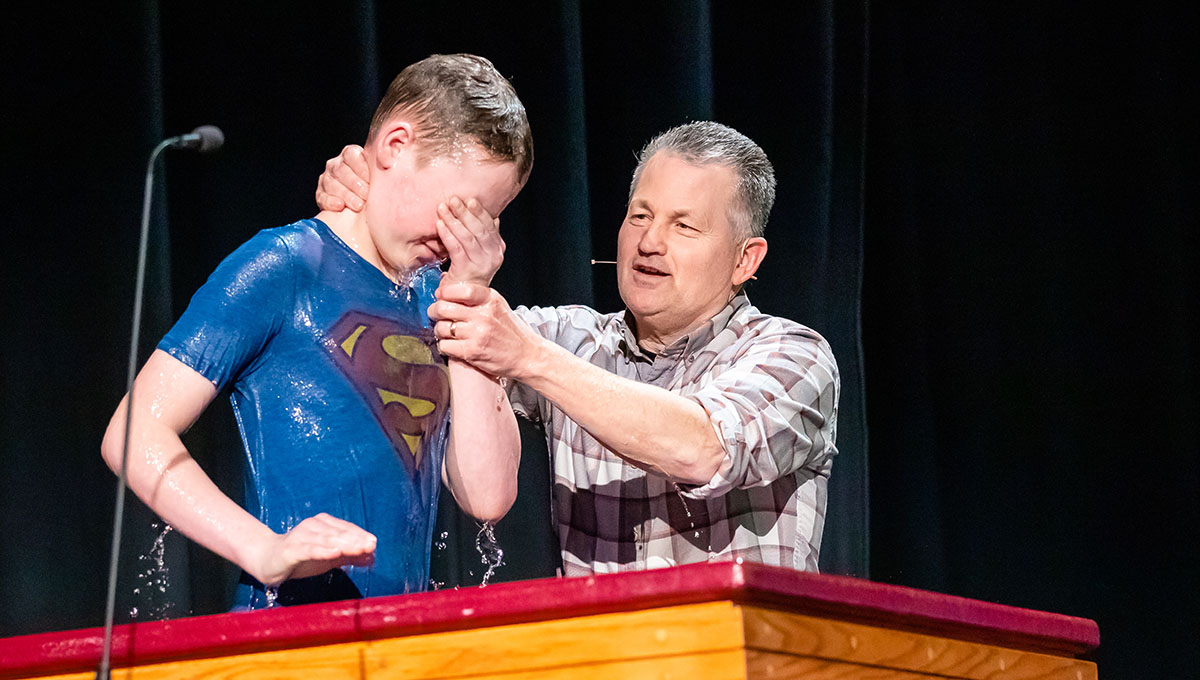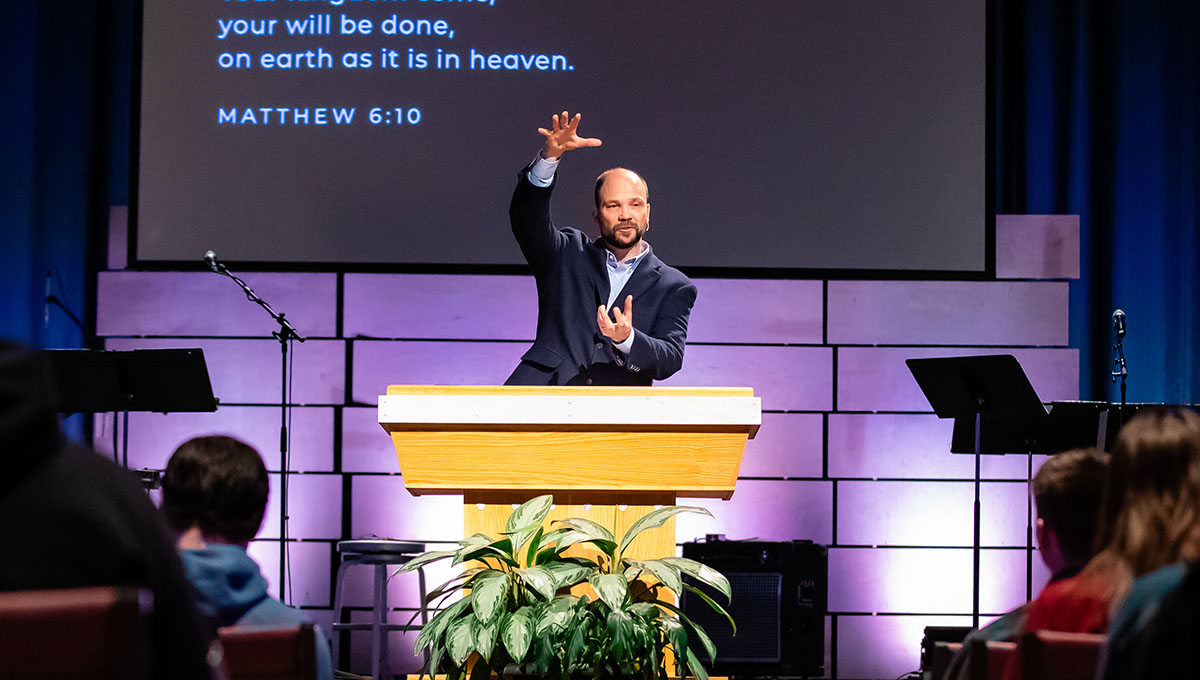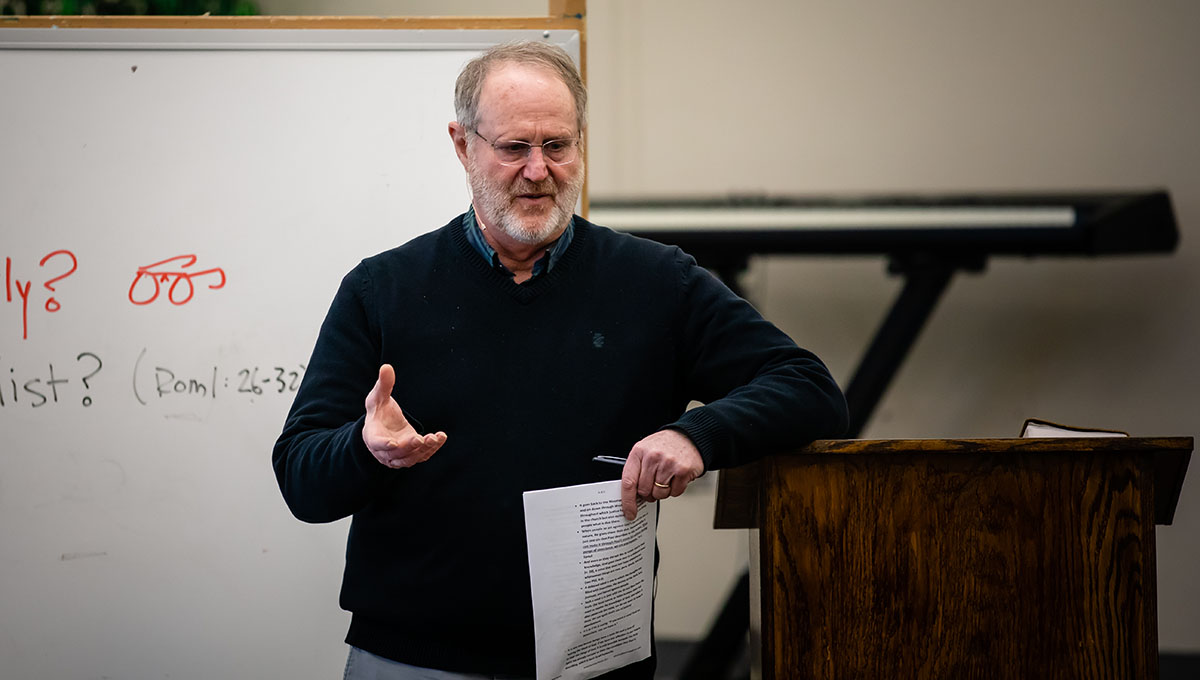A Theory of Everything
- Nathan Schneider
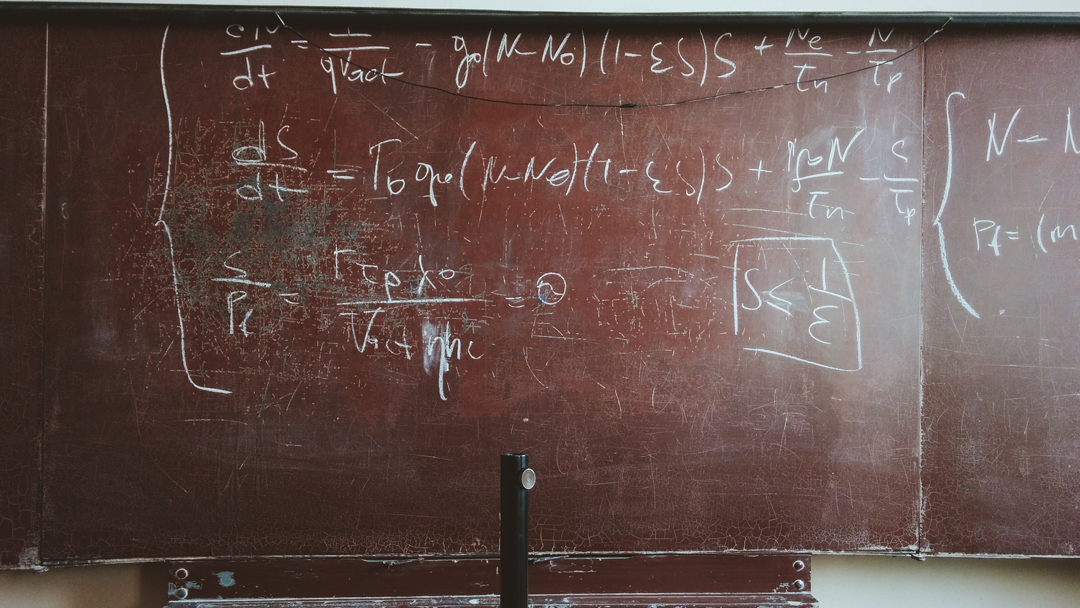
Up until a few years ago, the concept of a “Theory of Everything” was largely unfamiliar in popular culture until it appeared as the title of a 2014 feature film on the life of theoretical physicist Stephen Hawking. Nevertheless, it’s made its way into the popular psyche, although its most significant ramifications allude most people, including its most popular adherents.
The roots of the concept, which has been known alternatively as a “master theory,” a “final theory,” as well as an “ultimate theory,” go back as far as the ancient Babylonian astronomers, who made careful observations about the movements of planets in relation to the stars. It finds its seedbed contributions by Greek philosophers, as well as Isaac Newton’s work on the effects of gravitational forces on distant objects. However, the maturation of the concept came with the work of men like Albert Einstein, Stephen Hawking, and others regarding the development of two theoretical frameworks of physics: (1) general relativity, and (2) quantum mechanics.
The basic idea behind a “Theory of Everything” is that there is hypothesized a single, all-encompassing, coherent theoretical framework of physics that fully explains and links together all physical aspects of the universe. In other words, these physicists are seeking one, coherent explanation for why anything happens in the physical universe. As yet, a “Theory of Everything” remains one of the great unsolved problems in physics, but there are hopes that the two frameworks mentioned above, namely general relativity and quantum mechanics, can together collate into a larger framework that can work as a workable “Theory of Everything.”
There’s only one problem. The quest for such a framework—a single factor that links together the universe and everything in it—will always disappoint. It is a fruitless endeavor destined to lead the wanderer down a path of increasingly greater perplexity and intellectual darkness. You see, what these secular physicists are seeking to find is an explanation for the universe that can function independent of the need for a creator. They need this. They desperately need this.
In fact, we’ve seen this same kind of desperate search in other scientific fields. Both in biology, and later in geology as well, scientists created a biological “Theory of Everything” in order to explain all of biological life without the need for a creator. Evolution has been wildly successful at positioning itself as the default explanation for the origins of life, despite the fact that numerous secular scientists have been crying foul at the theory for decades. It seems that, like their physicist colleagues, there is a desperate need to rid the world of any requirement for life to depend upon—and therefore by accountable to—a God, especially the God of the Bible.
Outside of the physical sciences, other “Theories of Everything” have risen with the same ultimate goal. Of course, evolution served as a convenient “Theory of Everything” to explain the rise and development of culture, societies, religion, and everything else, despite the lack of historical or archaeological evidence to support it. But now the newest “Theory of Everything” for the areas of sociology and history is Critical Theory. We’ve discussed this theory before, but it’s basically a slick, fully-adaptable vehicle that can accommodate any number of drivers. This has led to the rise of many “Critical” theories. Just fill in the blank in Critical _____ Theory: Critical Race Theory, Critical Queer Theory, Critical Feminist Theory, Critical Trans Theory, etc.
The basic premise of Critical Theory, which is nothing more than Marxism without the economic, class-warfare driver, is the presupposition that all society consists of oppressors and the oppressed. The oppressors have the power, the money, the social standing, etc. They use all these resources in order to oppress those marginalized and powerless in society. The oppression is often institutionalized into society itself, so that the only way to get rid of it is to overturn society from the ground up. All traditional institutions, i.e., family, religion, etc., are part of the problem.
The quest to be seen as part of a victim in Critical ____ Theory has led to an even more interesting phenomenon known as intersectionality. Those who fall within the intersection of more than one marginalized and oppressed group gain a more prominent voice, and their cries for justice and overthrow become more powerful than those with less.
With Critical Theory, the ultimate goal of this “Theory of Everything” is nothing more than the complete overthrow of society. Like the liquidation sale down the street: “Everything must go!” I call this another “Theory of Everything” because it is a theory that claims to apply to every society, and whose goal is to explain not only why conflict happens within societies and within cultures, but also claims to interpret human history as well as drive where history is ultimately going. As the traditional structures of society finally fall—and with them, the oppressions that are institutionalized in them—it will usher in a utopian era of brotherhood, peace, prosperity, justice, and equity for all.
What we’re seeing now is the conflagration of these various “Theories of Everything”—one which tries to explain the physical universe and its origins, one which tries to explain life and its origins, and one which tries to explain society, its problems, and the ultimate solution—all of these create one large framework we could call a secular worldview.
A worldview, in short, is an explanation and interpretation of the world which also leads to an application of this view to life. It explains reality and how we fit into it. The secular worldview attempts to explain reality and how we fit into it—with one clear objective: avoid God at all costs. God must never factor into such a worldview, or else it is no longer secular. Such a concept as “God” is just part of this oppression system which has marginalized and oppressed people for millennia. So, within the secular worldview, God is erased as an ultimate cause for life and the universe, and God is erased as the solution to man’s ultimate problems and conflicts.
One would think that this kind of worldview would be immediately obvious to Christians, but the last 150 years have witnessed compromise on a number of levels. It seems that Christians are so easily seduced and allured into adopting elements of a secular worldview in order to soften the hard and sometimes impossible-to-believe elements that make the Christian worldview so unique. Of course, biblical scholarship has suffered horrendously from acquiescence to evolutionary theory, and many evangelicals have a hard time taking the text of Genesis in any sense as true historical narrative. But we’re beginning to see churches as well fall prey to this most recent element of secularism which has revealed itself using the tantalizing language of social justice. This socially and morally alluring project is nothing more than Critical Theory dressed in cool clothing, and its distracting Christians and churches from gospel ministry.
The apostle John told his readers in 1 John 2:15, “Do not love the world or the things in the world.” The term “world” in the Greek is the word kosmos, from where we get the English word “cosmetics.” At its heart, the word speaks of something which is organized and orderly. Often the term appears in the New Testament to refer simply to the earth, and occasionally as a metonymy for the inhabitants of the world (think John 3:16). But in John’s writings, the term often takes on a decidedly moral flavor, as it does here. The “world” in John speaks of an order or a system which is inherently hostile to God. It is a world arranged against God. This seems natural considering that at the end of this same epistle, John writes that “the whole world [kosmos] lies in the power of the evil on” (1 John 5:19), indicating that the world represents an evil system controlled by the archenemy of God, who has arranged this system to thwart God’s purposes and persecute, distract, or neutralize God’s people.
So when John tells us not to love the “world,” he’s referring to more than just the things, the desires, and the actions of the world. He’s also saying, “Don’t adopt the presuppositions, the convictions, and the values of the world that justify those actions and desires.
Before Eve ever took the first bite of fruit in defiance of God, she had already made a clear mental shift in her thinking about God and the world. While her default was to think of God as good, she became convinced that he must not be good, otherwise why would he withhold what was obviously good for her? Her default was to think of God as sovereign and thus to be obeyed, but she became convinced that he was not sovereign and thus was free to follow her own logic and obey her own desires. Her default was to think that God was true, but this too changed as she came to be convinced that he was lying to her about the consequences of disobedience. She wasn’t going to die!
Eve’s shift in thinking about the world and about God laid the foundation for justifying her rebellion against him. That’s exactly how every illegitimate worldview operates. It is a system that is set up in the mind to justify treason against God.
These theories of everything—in physics, in biology, in sociology and history—they all form a larger framework of a secular worldview which serves that same function: to justify treason against God. Proponents of this worldview are convinced that they view the world as it is—that theirs is the one legitimate worldview. But Romans 1:18-32 make it clear that they are really just divergent imposters to the first and only legitimate worldview—the Christian worldview. These alternate worldviews are set up as a means of suppressing the truth clearly revealed in creation and testified to by the human conscience—that there is a God to whom every creature is accountable. Every alternate worldview is thus a fortress constructed in the rebellious mind bent on keeping out the truth (2 Cor 10:4-5).
These worldviews ultimately cannot stand. They are houses which look stable on the outside. But reality is hard to trick. The house stands when the winds are calm, but when the tempests flare, when the rain and the snow blow hard against the house of secularism—the roof comes off. It cannot stand because it cannot meet the basic philosophical and moral needs of the one living in it. In the end, they are exposed as cold, naked, and alone. In the end, they are just like Adam and Eve, who thought they could cover up their treason with a couple of fig leaves.
And just as God covered Adam and Eve with the skins of a sacrifice, it takes the gracious God—the God they hide from behind this multifaceted “Theory of Everything”—to cover them with the blood of the sacrificed Christ and cloth them with the robes of his righteousness. The gospel has the power to change everything—to tear down the strongest fortress, to take captive every thought in obedience to Christ (2 Cor 10:5). And it is this Christ only who can deliver them from the domain of darkness—this kosmos—and transfer them into the kingdom of the beloved Son (Col 1:13).


